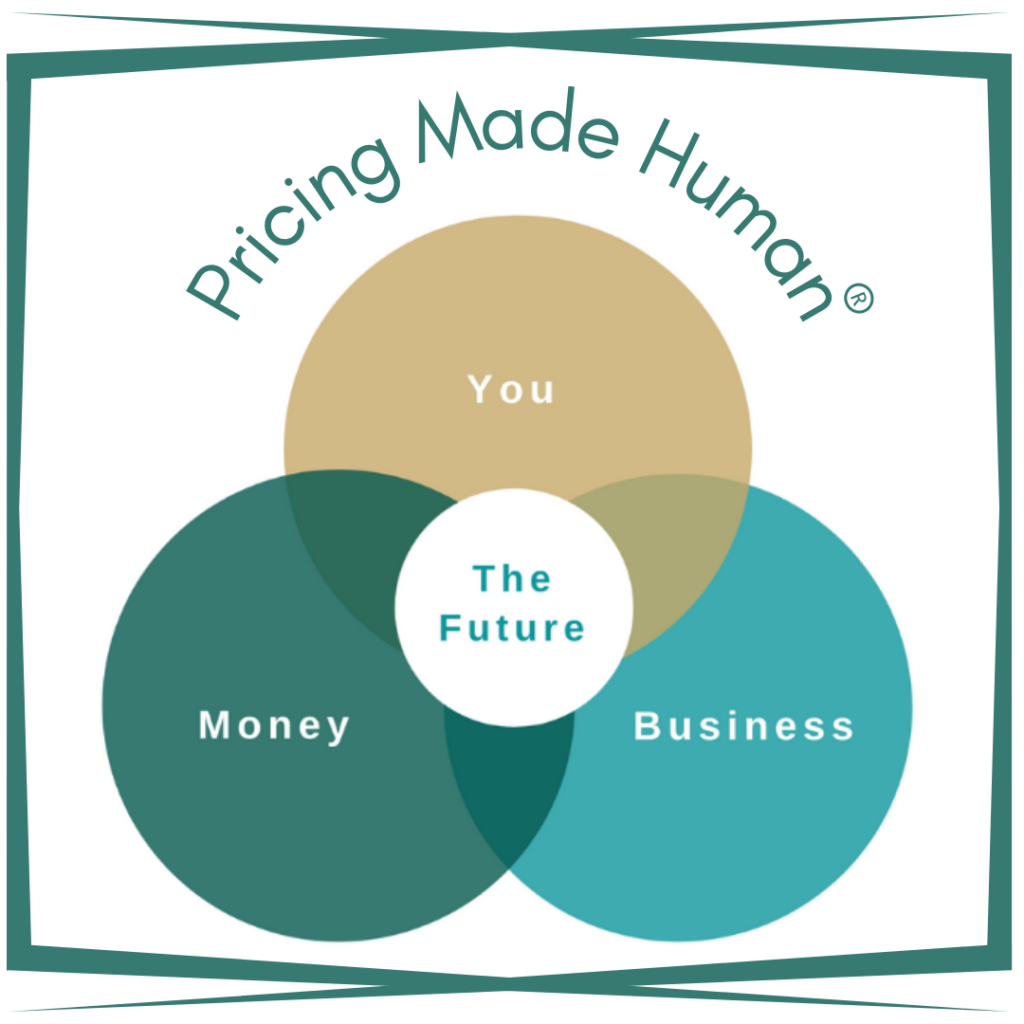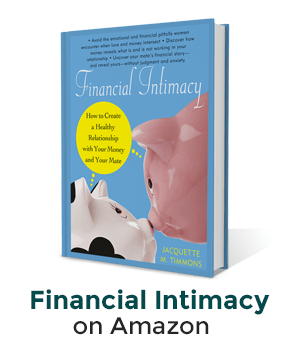Are you one of those people who enjoys and embraces the sales process? Or, do you despise it and find it uncomfortable because it conjures up images of the sleazy used-car salesman?
Today, I am in the former camp. But, that wasn’t always the case, which, at the risk of stating the obvious, isn’t good when you own a business.
It took me more years than I care to admit to understand this…
Your ability to sell your message has everything to do with your relationship to selling.
So, if you have a funky relationship with selling, you’re going to have a harder time than perhaps is necessary getting people to buy into your message — and embrace your idea; buy your product or service; view you as the best candidate for the open position; or accept your pitch for a new project or raise.
That’s why last week we focused on three ways to get your juices flowing so you can develop or refine your message. (If you missed it, click here.) Because being able to communicate what you want to be known for in a clear, concise and compelling way is a key factor to your success.
And so is selling your message!
But first…what’s getting in the way?
Making sure your message reaches its intended audience and inspires the action you want them to take doesn’t happen just because you have a great message. Now, you have to sell it.
Before we get into why having a pitch strategy and plan is important for getting your message out in the world, let’s talk about certain beliefs and behaviors that can get in your way of selling your message, successfully:
Selling feels manipulative
A lot of people have a negative connotation about selling because of an annoying, inauthentic and aggressive experience they’ve had being on the other end of a sale. This is the reputation sleazy used-car salesman tend to have.
Of course you don’t want to be seen in this light. So if the act of selling feels manipulative to you, you run the risk of letting your fear of being perceived this way overshadow your excitement about your message.
Selling feels intrusive
Sure, there are those rare occasions when someone buys or buys into what you’re selling (aka: your message) immediately. More often than not, though, it takes time. The intervening days, weeks, and maybe even months are filled with repeated emails and phone calls.
If selling feels intrusive to you, you likely equate the tasks of following-up with being a pesky pain in the butt. Thus, you don’t do it. Thus, you run the risk of not sharing your message as widely as possible.
Selling amplifies your fear of rejection
Despite being told numerous times not to take someone’s “no” personally. It’s hard not to; after all, it is part of human nature to want to feel accepted.
What you want to be known for – your message – is personal, even as it solves a problem for multitudes. So, getting your message out in the world means exposing yourself — your beliefs, your perspective, your values. That means opening yourself to being judged and evaluated.
If selling amplifies your fear of rejection, and you shut down because you don’t want to feel the sting of failure in this way, you run the risk of your message not having as much impact as it could.
Now, sell your message
Before you can successfully (and consistently) sell your message, it helps to understand what may get in the way of your doing so, effectively (hence, the above). It also helps to create a way for your message to reach your intended audience. Whether that is an audience of one, a few, or many.
So now let’s talk about what happens after you have successfully created (or refined) your message:
Focus on your mindset
Perhaps I’m inserting too much of my own evolution here, but when I shifted from thinking, ‘I’m trying to convince someone to embrace my message,’ to, ‘I have something awesome to share…,’ selling became easier and a lot more fun. This way of thinking serves as a great reminder of a very important equation: Relationships > Selling.
Because of the way the equation reads, you might be tempted to think it downplays the very thing you’re trying to do: sell. It actually doesn’t. However, it does, remind you to prioritize making a connection and to cultivate a relationship with your “buyer/s” before trying to close the sale.
Identify and engage influencers, first
Sharing your message with key people who aren’t your intended buyer, can lead to useful feedback. Not only can this get you ready for your audience in terms of what you communicate, it may even unearth unexpected ways for connecting with those intended buyers.
Focus on your audience’s needs
Whether you’re getting your message out via email, social media, or face-to-face meeting and networking, focus on why your message should matter to your audience…right now. The clearer you are in your head about the connection between your why and their (possible) why, the easier it is to form a bond.
Know what comes after “no” or “no, not now”
This is not to suggest you have a defeatist attitude. Rather, it is to suggest you have a plan for what you’re going to do if your audience doesn’t buy into your message. What, if anything, will you adjust? And, why?
Create a flexible strategy and plan
Yes, use a framework. It will keep you anchored as you work to get your message out. Being clear about your “who, where, why, when and how” guides the actions you take — as well as the actions you want your intended buyers to take. However, don’t make the mistake of following a cookie-cutter approach. It is better to develop the discernment to know when and how you need to tailor your message and/or your approach to meet your audience where they are, so you can move them to the action you want them to take.
Ask for what you want!
Is your message designed to help you get a job, promotion or raise; ask for it! Is it to sell a product or service; ask for the sale! Is it to pursue an idea or project; ask for permission to proceed! Bottom-line: Don’t forget to ask for what you want your audience to do after you’ve made your pitch.
If this seems obvious, I invite you to take a quick walk down memory lane to recount the number of times you did a fantastic job pitching, only to realize after the fact that you didn’t ask for the sale in whatever form that takes.
This piece may be centered around selling a professionally-oriented message. But truth is, you are always selling something. Sometimes, it’s your message; at other times, it can be as simple as convincing a friend to dine at restaurant B over A. To quote Daniel Pink, the author of To Sell is Human, “We’re in the business of moving others.” That is what your message – what you want to be known for – is designed to do: move others.
If you need help moving others, join us at the table on May 21st for the next Comfort Circle™ dinner. Click here for the details and to RSVP.





